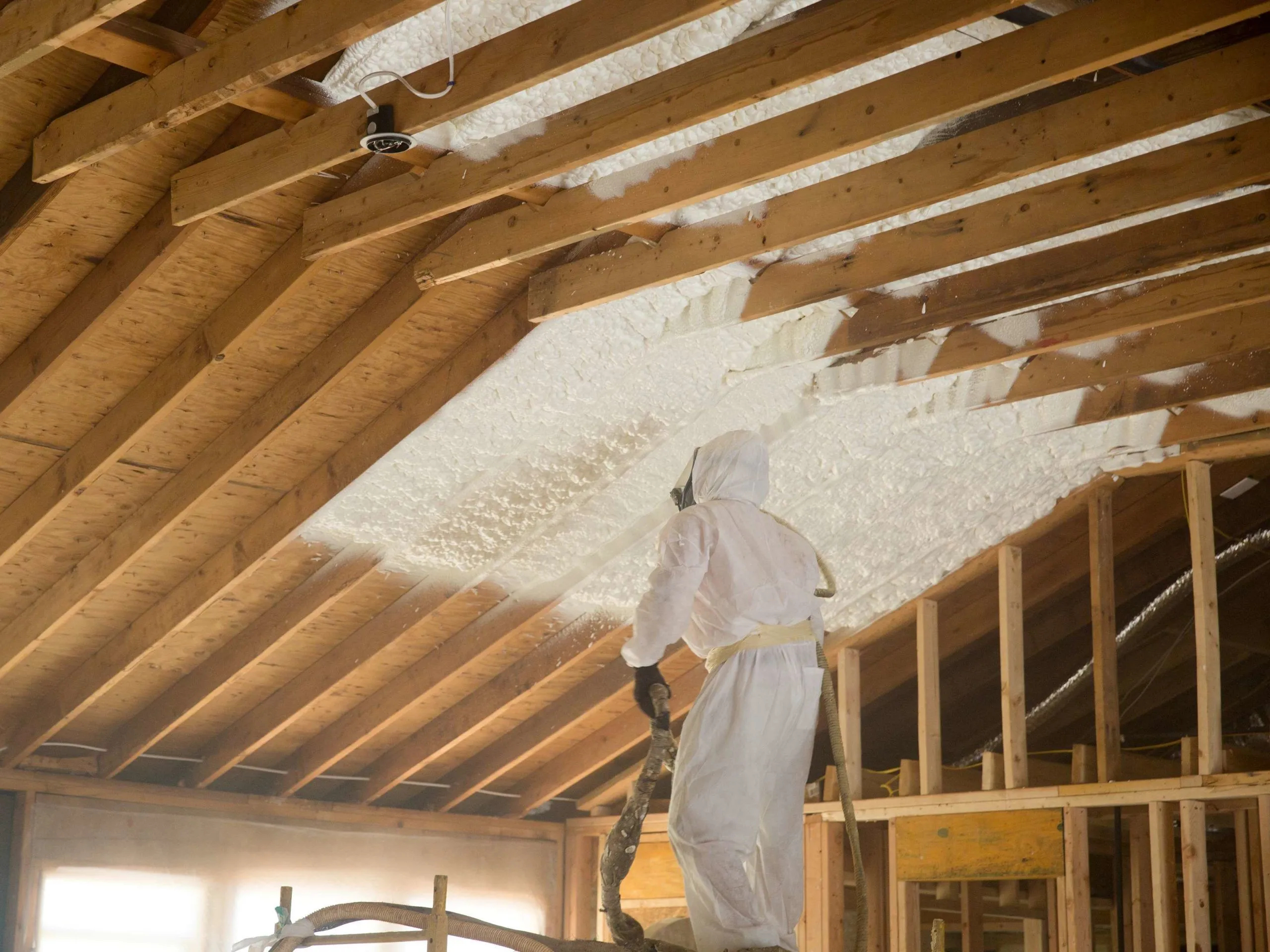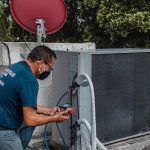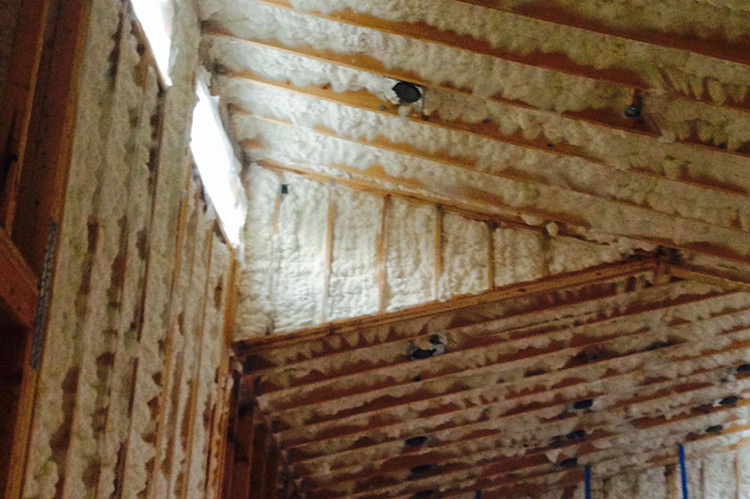Blown-in insulation is a great choice for insulating your attic that will help to preserve a comfortable indoor temperature and increase energy efficiency. There are different materials for blown-in insulation, so it’s important to pick the one that best suits the demands of your house. To ensure proper installation and optimal results, consider hiring blown in insulation contractors near me. The information provided should assist you to grasp the choices and guide your decision-making.
Understanding blow-in insulating materials
Blown-in insulation is the process of blowing loose-fill material—using specialized equipment—into the attic. For hard-to-reach locations and filling in gaps, this kind of insulation guarantees equal coverage. Because it can be readily placed around barriers like vents or wiring, it is frequently utilized in attics with unusual areas. Excellent thermal performance of blown-in insulation also helps to save heating and cooling costs.

Cellulose Insulation
Made from recycled paper goods modified to resist fire and mold, cellulose is one often-used choice for blown-in insulation. This substance is highly covered since it is environmentally friendly and can fill little cracks and crevices. Excellent for energy savings, cellulose insulation helps block air leaks and provides reasonable thermal resistance (R-value). It can, however, gradually settle, so improper installation may lessen its efficacy.
Fiberglass insulation
Another often utilized element in blown-in insulation is fiberglass. Made from small glass fibers, it is renowned for its moisture resistance and longevity. Maintaining their insulating qualities for a longer duration, fiberglass insulation is lightweight and less settles than cellulose. It’s quite high R-value also helps to efficiently trap heat in colder months and maintain coolness in your house in warmer seasons.
Mineral Wool Insulation
Another blow-in insulation choice is mineral wool, sometimes called rock wool or slag wool. Made from industrial scraps and natural rock, it is prized for soundproofing and fire resistance. Because mineral wool insulation doesn’t absorb moisture and is quite robust, it resists mildew and mold. Although it usually costs more than cellulose and fiberglass, its lifetime and other advantages make it well worth the investment—especially for those looking for extra safety measures.
Your particular needs, budget, and objectives will determine the correct blown-in insulation for your attic. Every material—from fire-resistant mineral wool to sustainable cellulose to robust fiberglass—offers special benefits, and finding blown in insulation contractors near me can help you choose the best option for your home. Considering elements including thermal performance, moisture resistance, and lifetime can help you to make sure your house stays pleasant and energy-efficient all year long.
























